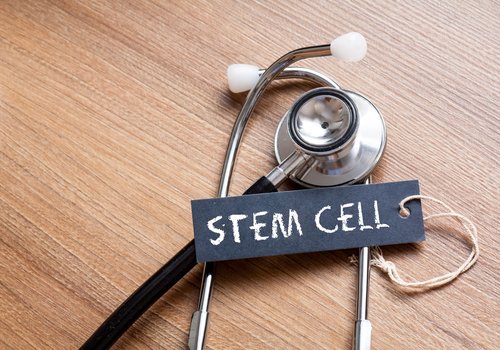Stem Cell Transplants Can Restore Cerebral Palsy Patients’ Movement, Study Reports

Transplanting stem cells from bone marrow to the spinal canal, where they can reach the cerebrospinal fluid, improves cerebral palsy patients’ movement, a Phase 2 clinical trial indicates.
The study, “Outcomes of autologous bone marrow mononuclear cells for cerebral palsy: an open label uncontrolled clinical trial,” was published in the journal BMC Pediatrics.
Stem cells can morph into other cells, including neurological cells such as neurons and astrocytes. They also can deliver beneficial signaling molecules to injured sites, promoting repair.
These findings suggest that stem cells could be used to help the body recover from several diseases. In fact, a stem cell collected from bone marrow, known as a bone marrow mononuclear cell, or BMMNC, may be able to help cerebral palsy patients recover motor function, previous research indicates.
Cerebral palsy is caused by damage to, or abnormalities inside, the developing brain. These problems disrupt the brain’s ability to control movement and maintain posture and balance.
The recent Phase 2 clinical trial (NCT02569775) evaluated the safety and effectiveness of transplanting BMMNCs to the spinal canal. From the canal the stem canals can reach the cerebrospinal fluid, which acts as a cushion to protect the brain.
Researchers used patients’ own stem cells — or autologous cells — for the transplants. The treatment involved two BBBNC injections to the spinal canals of 40 cerebral palsy patients aged 2 to 15. The second injection was administered three months after the first.
The transplants led to major improvements in patients’ ability to move. Many either totally or partially reacquired capabilities such as sitting, standing, lying down, and rolling. In addition, patients’ muscle tone improved significantly after the transplants.
Factors such as age, sex, and severity of the disease had no impact on the results, researchers said.
Researchers found no serious treatment-related adverse events after the transplants. Twelve patients developed mild fevers, and there were nine cases of intermittent vomiting, the team said. All of the events were well-managed with standard medication, they said.
The findings suggested that transplanting stem cells was safe for CP patients.
“Based on the results of this study, we can conclude that autologous BMMNCs transplantation appears to be a safe and effective therapy for patients with cerebral palsy related to oxygen deprivation,” the researchers wrote. “Further studies are needed to examine the optimal regimen for this therapy and its long-term effect, ideally in double-blind controlled trials.”


